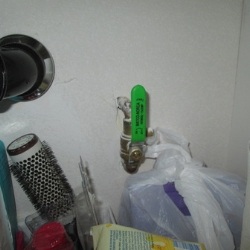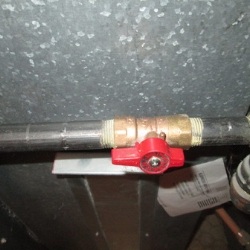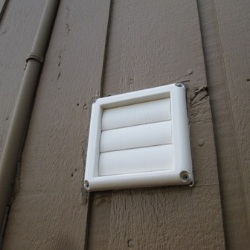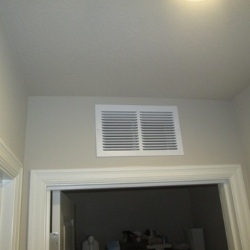
Modern houses are great. New home technology consists of things nobody would have imagined just a few years ago. The advancements that have been made in energy efficiency, safety, and convenience are truly amazing. With all these benefits there are still a few basic things of which homeowners should be aware. Here is a list of things to be mindful of in your new house to ensure years of trouble-free, safe, reliable performance:

Hose Bibb Shutoffs
Modern homes should have a way to “winterize” the exterior hose bibbs or water spigots. “Winterizing” means draining the water out of the pipes that supply the exterior spigots. This is important because as the temperatures drop, the pipes to the hose bibbs are prone to freezing and breaking. The valves to cut the supply of water to the outside spigots are often under bathroom sinks or in the garage near the water heater.
Main Water Shutoff
There’s no greater cause for panic than water gushing from a broken pipe or some other plumbing leak in your house. Knowing where the main water supply is located and how to turn it off is very important. The precious seconds saved getting the water shut off can make the difference between a mop and a homeowner’s insurance claim. Main shutoffs are often located in a variety of different places. Therefore, it can sometimes be tough to locate. Your Home Inspector should be able to point it out for you.


Natural Gas Shutoff
In the event of a natural gas leak the best course of action is to get out of the house and far away as quickly as possible. That being said, it is good to know how to turn off the gas to various appliances. Valves usually have handles that indicate if it’s open or closed. If the elongated portion of the valve handle is in line with the pipe, then the valve is open. If it’s running perpendicular to the pipe, the valve is off. The exterior gas meter also has a shutoff, but you’ll often need a wrench or channel locks to turn it off. Aside from the direction of the valve you can also tell when the meter is off because there are holes that line up to lock the valve in the off position. This is an easy way to remember what the “off” position looks like.



Vents in Your New House
Houses have numerous types of vent openings and systems to deal with air movement. There are combustion air vents, foundation vents, roof vents, exhaust fan vent terminations, heat duct openings, and vents throughout the interior to allow for proper air balance within the home. Air movement in modern houses is a much more scientific process than most people appreciate. Your home likely has systems in place that you don’t realize. Generally, there is no need to worry about any of this but having an awareness of what happens is good. Mainly, don’t cover or block any vent openings without fully understanding what you are doing. Often, these openings were strategically placed to ensure the safe operation of fuel-burning appliances or the functionality of other systems in the house. Air movement to places like attics and crawls space is also very important to keep your house free of moisture problems and functioning as intended.
Understanding all the inner workings of a house can seem like a daunting task, but you can cover a lot of ground with just a little bit of learning and awareness. Feel free to contact Crawford Inspection Services anytime for answers to questions about your house.
